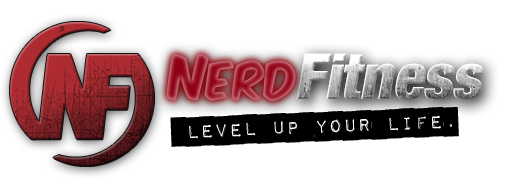

ali hassan
Members-
Posts
4 -
Joined
-
Last visited
About ali hassan
-
Rank
Newbie
- Birthday 01/20/1993
Character Details
-
Location
Pakistan
-
How does the repetitive movements in swimming affect muscle imbalances and lead to poor posture in swimmers? What are some specific exercises and stretches that swimmers can do to improve their posture and prevent injury? How long does it typically take for a swimmer to see improvements in their posture with these exercises and stretches?
-
Yes, you can get the EPOC (Excess Post-Exercise Oxygen Consumption) effect from bodyweight workouts if you push yourself to failure or near-failure. EPOC is the amount of oxygen your body needs to return to its resting state after exercise. It's linked to the intensity and duration of your workout, and it can be triggered by a variety of exercise types, including bodyweight exercises. The EPOC effect is more pronounced after high-intensity interval training (HIIT) and heavy weightlifting because they involve a higher level of intensity and greater muscle fiber recruitment, which leads to more energy expenditure and oxygen demand during and after the workout. However, even with bodyweight exercises, you can create enough stimulus to trigger the EPOC effect by performing challenging exercises to failure, using techniques such as drop sets, supersets, or plyometrics, and minimizing rest time between sets.
-
It's normal to experience muscle soreness and fatigue after starting a new workout routine, especially if you haven't been physically active for a while. This is known as delayed onset muscle soreness (DOMS), and it typically peaks 24-48 hours after a workout. As you continue to work out, your body will adapt and become more efficient at handling the stress you're placing on your muscles. This means that you may not experience as much soreness or fatigue after subsequent workouts, even if you increase the weight or reps. This doesn't necessarily mean that you should stop challenging yourself. You can continue to gradually increase the weight or reps to continue seeing progress, but it's important to do so safely and listen to your body. If you start experiencing pain or discomfort beyond normal muscle soreness, it's important to take a break and allow your body to recover. Overall, it sounds like you're on the right track with your workout routine. Just remember to listen to your body, gradually increase the intensity, and allow yourself adequate rest and recovery time.
-
It is normal to experience increased hunger when you start incorporating strength training into your routine. Strength training places a greater demand on your body for energy and nutrients, which can lead to increased appetite. This can make it more difficult to stick to an intermittent fasting schedule. However, intermittent fasting can still be a healthy approach to weight loss and can be combined with strength training. It is important to listen to your body and adjust your eating schedule as needed to ensure that you are meeting your energy needs and fueling your workouts adequately. Here are some tips that may help: Consider adjusting your eating window to better fit your new workout routine. For example, you could shift your eating window earlier in the day to better align with your workouts. Make sure you are getting enough calories and nutrients to support your activity level. Strength training requires more energy and nutrients than walking and yoga, so you may need to increase your overall calorie intake. Focus on eating nutrient-dense foods that will keep you feeling fuller for longer periods of time, such as lean protein, vegetables, and whole grains. Stay hydrated throughout the day, as dehydration can sometimes be mistaken for hunger. Give yourself time to adjust. It may take some time for your body to adapt to your new workout routine and eating schedule, so be patient and persistent.

